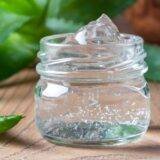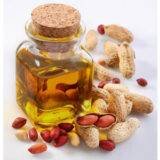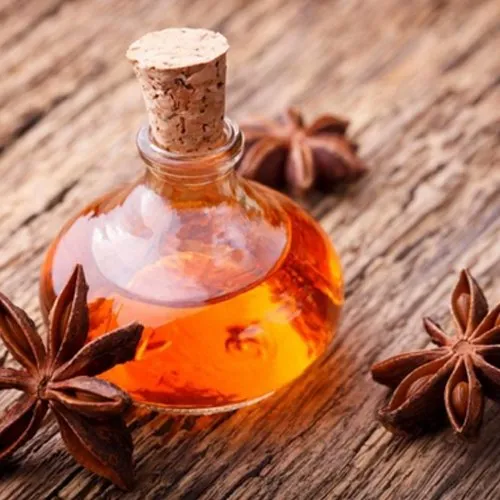Description-
Anise is herbaceous annual plant- Pimpinella anisem belongs to Apiaceae family. Anise is also called aniseed. Anise is sweet and very aromatic distinguished by its characteristics flavor. Anise plant is well grown in fertile & well drained soil during light. Anise seed oil will crystallize at room temperature due to anethole presence.
Extraction-
Anise oil is extracted from anise fruit by either steam distillation or also by extraction using supercritical carbon dioxide. Essential oil yield is influenced by growing condition and extraction process.
Properties-
It is clear in appearance, thin in consistency, pungent in smell. Anise oil is fresh, sweet and have licorice-like flavor.
Composition-
It is composed of Anethole, limonene, Estragole, Anisyl alcohol. Anise oil having- Protein 18%, fatty oil 8-23% , starch 5% , N-free extract -22-28% and crude fiber-12-25% in constituency.
Blending-
Anise oil blends well with bay, black pepper, ginger, lavender, orange, pine, rose etc.
Uses of Anise Oil-
It is used in preparation of tea alone or in combination with other aromatic herbs.
It is also use in wide variety of regional and ethnic confectionaries
It is used to add flavor.
It s also used in some root beers such as Virgil’s in U.S. and also used as secret ingredients in French liquors.
Anise oil also used as Herbal medicine in bronchitis, colds, coughs, muscle aches, flu, rheumatism.
Anise oil has carminative property, taken as digestive meal because it helps in expelling gas in gastrointestinal tract.
It is also used in treatment of menstrual cramps.
It also provokes urine gently.
It helps in stage of diarrhea, white flux (leucorrhoea) in women.
Safety and Precaution –
- It should be avoided while pregnant or breast feeding because it may cause skin irritation.
- Never use anise oil undiluted in eyes or mucus membranes.
- Do not take internally unless working with a qualified and expect practioner.
Specification of Anise Oil:
Organoleptic Properties:
Appearance– Clear, colorless or pale yellow liquid
Odour– Characteristic fruity odor, Sweet aroma.
Botanical Source– Herbaceous Annual Plant Pimpinellaaisum L
Physio-chemical Properties:-
Standard
Identification (A)-As per standard (B)-As per standard
Relative Density -0.980 to 0.990
Refractive Index –1.552 to 1.561
Freezing Point –15°C to 19°C
Fenchone –Max 0.015
Feoniculin –Max 0.015
Fatty Acid & Resinified –As per standard
Essential oils
Chromatographic Profile
Linalool – max. 1.5%
Estragole –0.5% – 5.0%
Alpha Terpineol – max. 1.2%
Cis- anethole – 0.1% – 0.4%
Trans-anethole – 87% – 94%
Anisaldehyde – 0.1% -1.4%
Pseudoisoeugeyl – 0.2% – 2.05%
2-methyl butyrate
Storage – In well fitted container in cool and dark place.
Testing Protocol – BP
Botanical Source – Pimpinella anisum
Organoleptic Properties:
Appearance – Clear colourless or pale yellow liquid.
Odour – Characteristics fruity odour, Sweet Aroma
Physio-Chemical Properties:
Identification
(A) TLC – As per Standard
(B) Chromatographic Profile – As per Standard
Relative Density – 0.980 to 0.990
Refractive Index – 1.552 to 1.561
Freezing Point – 15 to 19 C
Fenchone – Max. 0.01%
Feoniculin – Max. 0.01%
Fatty acid and Resinified – It complies with test for fatty oils and resinified essential oils.
Essential Oils
Chromatographic Profile
Linalool – Less than 1.5%
Estragole – 0.5% – 5.0%
Alpha terpineol – less than 1.2%
Cis- anethole – 0.1% – 0.4%
Trans – anethole – 87% – 94%
Anisaldehyde – 0.1% – 1.4%
Pseudoisoeugenyl – 0.2% – 2.0%
2-Methyl butyrate
Storage
In a well-fitted, airtight container, protected from light and at a temperature not exceeding 25°C.






